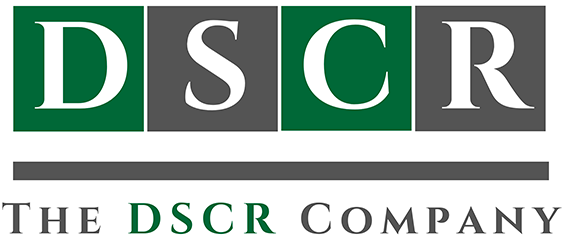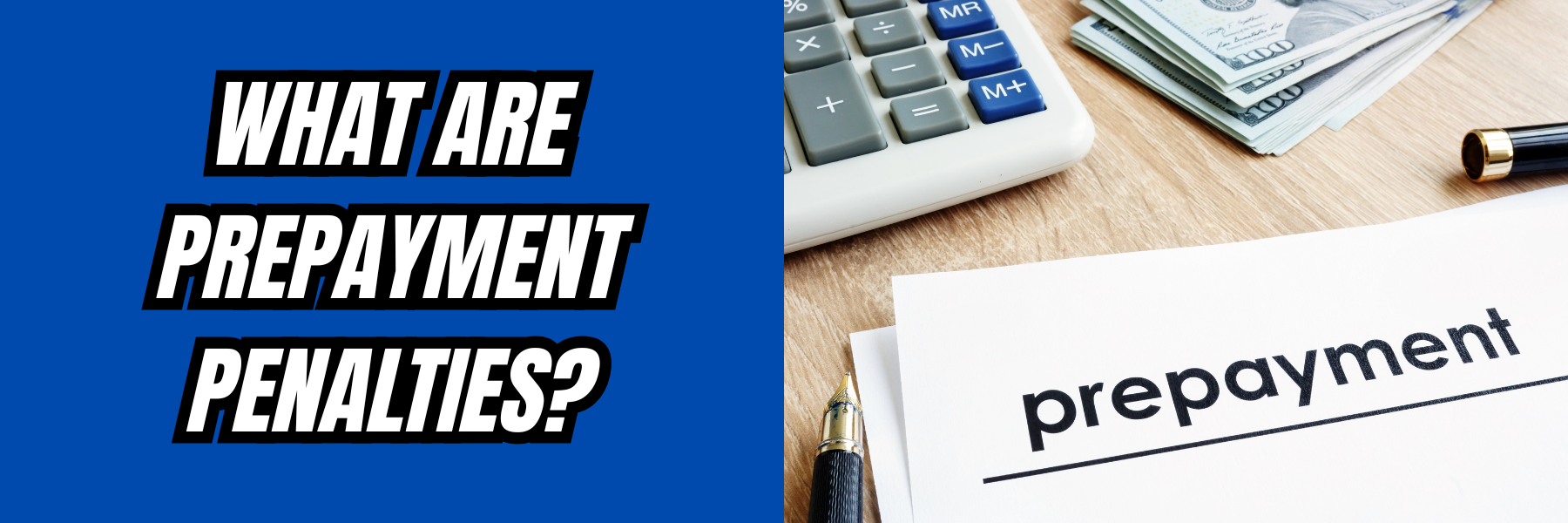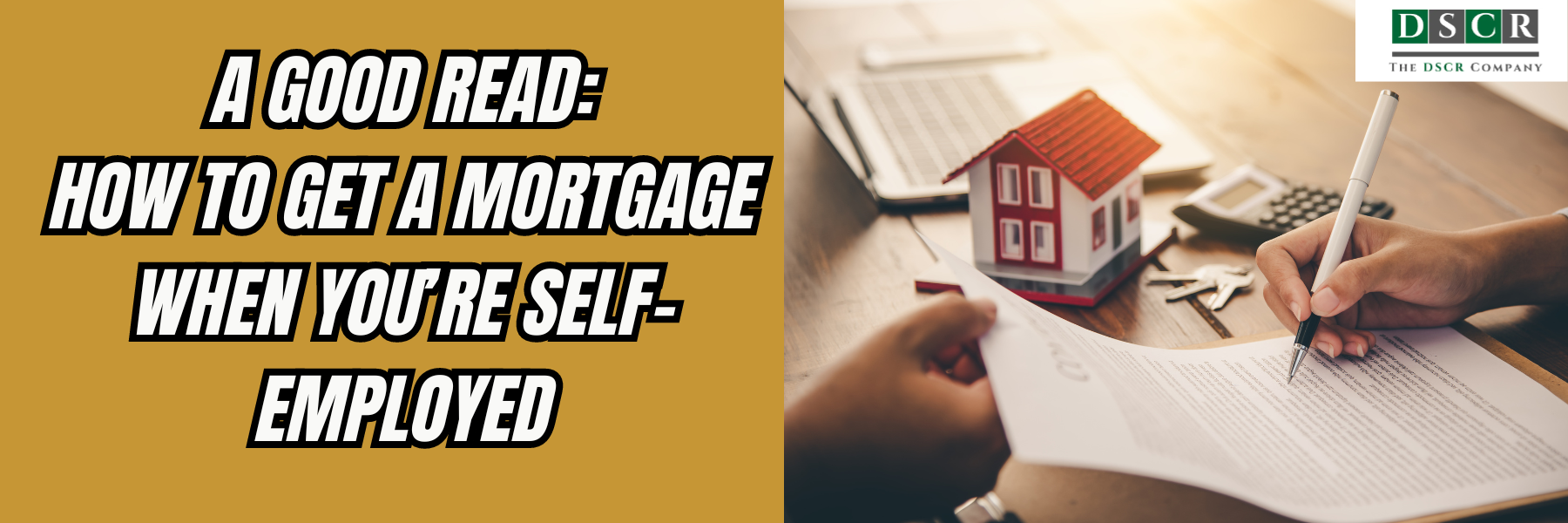What Are Prepayment Penalties?
Categories: Blog Posts
Today we are going to answer the questions, “what are prepayment penalties and how can they affect your DSCR loan?” If you’re using a DSCR loan to fund your next rental property, there’s one little detail that can cost you thousands if you’re not careful—the prepayment penalty.
Let’s break it down so it’s easy to understand. We’ll also walk through some real-world examples so you can avoid getting burned.
What Is a Prepayment Penalty?
A prepayment penalty is a fee you might have to pay if you pay off your loan too early.
That’s right—you can actually get penalized for paying off your loan faster.
Most DSCR lenders include this clause to protect themselves. They want to make sure they earn enough interest before you refinance or sell the property.
When Does a Prepayment Penalty Apply?
Prepayment penalties usually kick in during the first 3 to 5 years of the loan.
You can still sell or refinance during that time, but if you do, the lender might charge you a fee.
Here are three common setups:
-
3-2-1 Step Down: Year 1 = 3% fee, Year 2 = 2%, Year 3 = 1%
-
5-Year Flat: 5% fee if you pay off early anytime in the first 5 years
-
Declining Penalty: The fee drops a little each year
Real-Life Example: The Hidden Cost of Refinancing
Let’s say you got a DSCR loan last year with a 3-2-1 step down prepay penalty.
This year, rates dropped, and you want to refinance. Sounds smart, right?
But—you’re in year one. That means if you refinance now, you’ll pay a 3% fee on the loan balance.
Example:
-
Loan balance = $300,000
-
3% prepay penalty = $9,000
That $9,000 eats up the savings from your new lower interest rate. So instead of saving money, you might actually lose money!
Why Do Lenders Charge This?
Lenders make money on the interest you pay. If you refinance or sell too soon, they miss out. So, to protect themselves, they add a prepayment penalty.
In short, it helps them manage risk. But for you, it means needing a clear exit plan.
How to Avoid a Costly Surprise
Before signing your DSCR loan, ask your lender these questions:
-
Is there a prepayment penalty?
-
How long does it last?
-
How much could it cost me?
Bonus Tip: Some lenders offer a “prepay buyout” option. That means you pay a bit more upfront to remove or shorten the penalty. This could be worth it if you plan to refinance soon.
Another Example: Selling Early
Suppose you buy a rental with a DSCR loan, but then a buyer offers you top dollar just 18 months later.
Great news! But wait—you’re still in year 2 of a 3-2-1 step down penalty.
-
Sale price = $350,000
-
DSCR loan balance = $250,000
-
Prepay penalty = 2% of $250,000 = $5,000
Even though you’re making a profit, that $5,000 penalty reduces your cash in hand.
What Should You Do?
Here are three simple steps to protect yourself:
-
Read the loan terms carefully.
-
Talk through the prepay penalty with your lender.
-
Plan your exit strategy before you borrow.
That way, you’ll know what you’re getting into—and you’ll avoid any unwanted surprises.
Final Thoughts
Prepayment penalties don’t have to be scary. In fact, many investors still get great DSCR loans even with these fees.
The key is understanding how they work and how they fit your plan.
So before you sign, take a few extra minutes to ask questions. That small step today could save you thousands down the road.
Are you interested in a DSCR loan for your next investment property? Contact us today to find out more!



